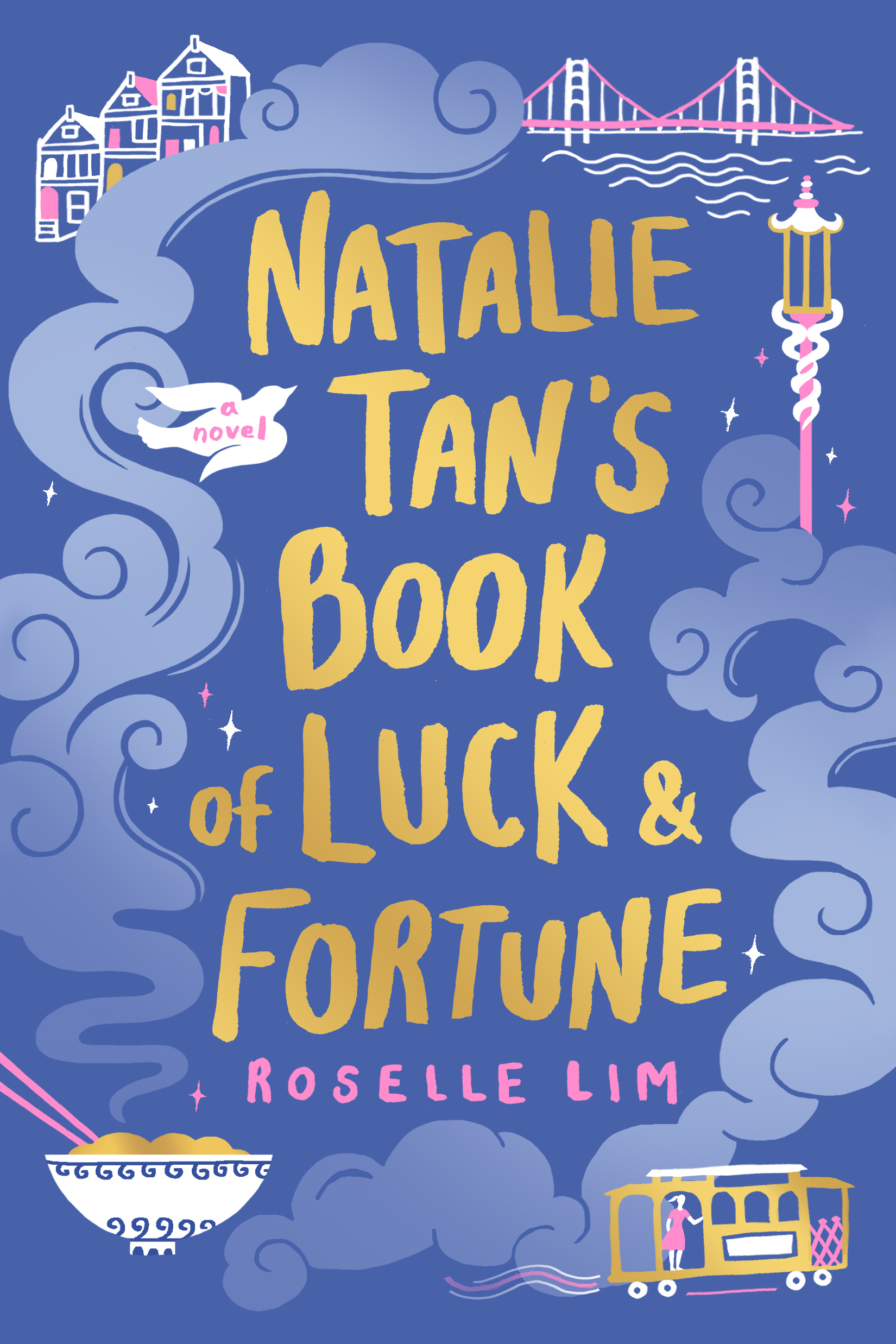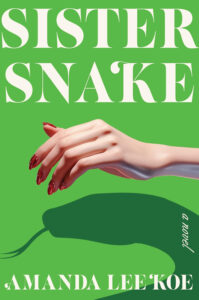
Author: Roselle Lim
Genre: Magical Realism / Contemporary Romance / Food & Cultural Fiction
Ideal For: Readers who love novels embedded in food, heritage, and quiet magic—especially if you enjoy stories about homecomings, community resilience, and recipes that carry more than flavour.
Plot Summary (Spoiler-Free)
From the opening pages of Natalie Tan’s Book of Luck & Fortune, we find Natalie Tan returning to San Francisco’s Chinatown after her estranged mother’s death. Seven years earlier, Natalie had fled—angry at both her mother’s agoraphobia and her refusal to support Natalie’s dream of becoming a chef. The home she arrives at is still the same apartment above her grandmother’s old restaurant—closed, silent, waiting.
The neighbourhood, too, is changed. Businesses are shuttering, families moving out, memories fading. Natalie inherits the restaurant and the weight of broken bonds. A local seer tells her that before the restaurant can truly succeed, Natalie must cook three dishes from her grandmother’s cookbook—each dish designed not merely to feed, but to heal specific members of the community. What begins as food-business revival becomes a journey of reckoning: with family, with place, with magic, and with self.
Lim’s Craft: Layered, Lush, Gently Poised
Roselle Lim writes with a graceful balance: the scent of dumplings, the half-light of a Chinatown alley, the hush of grief, and the tentative hope of a woman learning to belong again. The magic in the story is subtle—abrupt enough to feel uncanny (cracks in walls fill with gold, tears crystallise) but grounded in such texture that you believe it. The cookbook isn’t just prop; it becomes map, pact, memory.
The narrative voice belongs to Natalie, but the neighbourhood is almost a companion character: the shuttered laundry, the old tea shop’s faded sign, the boy who once helped her mother, the neighbouring shopkeeper who still resents her absence. These details make the setting vivid, worn-in, alive. Lim doesn’t make everything easy. Natalie must confront her resentment of the local community, her guilt over leaving, her desire to steer her destiny and yet her fear of repeating old patterns.
Themes That Resonate
Food as memory and identity. The recipes are more than meals—they’re vessels for stories: Laolao’s legacy, Miranda’s illness, the living community around Natalie. The novel asks: can food reconstruct the past while nourishing the future?
Homecoming and displacement. Natalie left home to chase a dream. Returning forces her to ask: was the dream her own? Or one imposed, inherited, sabotaged? The novel sensitively handles her ambivalence: love and resentment, absence and belonging.
Community under pressure. Chinatown isn’t just background—the novel places it under siege by gentrification, neglect, invisibility. The community’s fragility echoes Natalie’s internal fracturing.
Healing—both literal and metaphorical. Miranda’s agoraphobia, Natalie’s fracture with ambition, the neighbourhood’s collapse—all call for nourishment, patience, trust. The cookbook and its dishes suggest healing is slow, incremental, shared.
Magic woven into the everyday. The magical realism here isn’t spectacle—it’s faint, weathered, the kind of magic you might pass if you’re not looking. It illuminates the everyday rather than overshadowing it.
What Works Beautifully
Sensory richness. I found myself craving the food, the dumplings, the tea, the aromas. Lim engages all senses: the kitchen, the diner, the alleyway.
Protagonist with texture. Natalie isn’t simply returning and solving everything. She’s complicated. She’s flawed. She wants what she wants—but also longs for reconciliation. Her journey feels authentic.
Setting as mood and metaphor. Chinatown’s decline mirrors Natalie’s own distance from home; the closed restaurant mirrors her closed heart. As she reopens one, she opens the other.
A heart for community. The supporting characters—the neighbours, the shopkeepers, the seer—aren’t caricatures. They’re alive, and their lives matter. When Natalie aids them, it feels like more than a subplot—it feels like restoration.
Balanced magic with emotional stakes. The magical elements never feel gratuitous—each hint of the extraordinary is tied to emotional truth. The realism remains intact even as the magical intrudes.
A Minor Quibble
If you prefer very fast-moving, plot-first novels, you may find the pacing here more deliberate. There are quieter chapters of cooking, remembering, repairing—less overt conflict and more internal shifting. Some might argue not every thread (particularly some secondary romantic arcs) gets equal weight. But I think that restraint is part of Lim’s shaping: it gives space for reflection, not just resolution.
Why You’ll Remember This Book
When you close Natalie Tan’s Book of Luck & Fortune, you won’t simply recall the recipe titles printed at chapter-heads (though you might want to try them); you’ll remember the moment Natalie stands in the near-empty restaurant, fork in hand, measuring what home might be now. You’ll remember the little seer’s shop, the tea leaves swirling, the sun setting on narrow streets, and you’ll think about all the meals you’ve had with people you started to love only later.
This is a book you’ll think of when you walk past a shuttered shop, or when you cook something handed down, or when you might leave somewhere you call home. It asks: what does returning feel like? Can food make the broken whole? And does magic, in the end, demand belief?
You’ll tell a friend: “Read this if you love food, heritage and stories that aren’t solely about falling in love—but falling back in love with where you came from.” And you’ll quietly add: “And maybe it will make you want to cook dumplings.”
Natalie Tan’s Book of Luck & Fortune deserves five stars because it offers more than cozy dinner-table fiction—it offers layered, thoughtful, beautifully written storytelling that nourishes. Roselle Lim has given us a novel that feels warm like soup yet strong like steel: food, magic, heritage, identity, community. If you’re ready for a read that comforts, challenges and delights in equal measure—this is absolutely the one.


